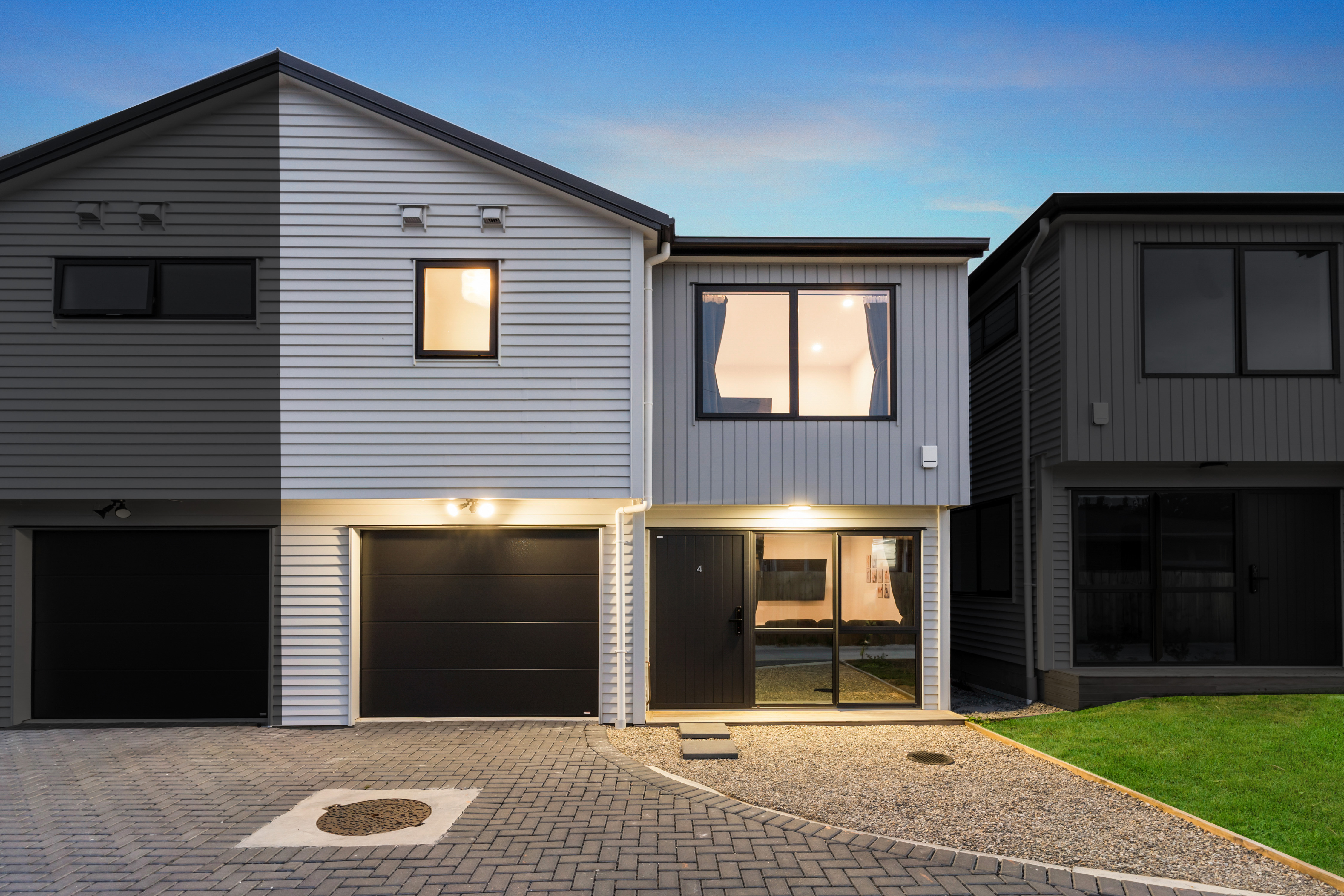Melbourne’s property downturn is officially the worst on record in Australia.
House prices in the Victorian capital fell another 0.8 per cent in March and are now 10.3 per cent down from their November 2017 peak, CoreLogic figures released on Monday show.
That makes it the worst peak-to-trough fall since the research firm began collecting data in 1980. Melbourne’s previous worst decline was 10 per cent during the 1991 recession.
“Melbourne has just edged into new record territory,” said CoreLogic head of research Tim Lawless.
Start your property search
Sydney, which fell a further 0.9 per cent over the month, has been in uncharted territory for some time. Prices in the NSW capital are now 13.9 per cent down from their July 2017 peak.
The combined capitals fell 0.7 per cent in March to a median value of $597,860, while nationally prices were down 0.6 per cent to $524,149.
Mr Lawless said the two key takeaways from the March data were that the rate of decline was “starting to show signs of easing off”, but that house price falls were becoming more widespread geographically as credit conditions tightened.
“The worst month-on-month fall was back in December when the national index was down 1.1 per cent, now it’s down 0.6 per cent,” he said.
“So we are seeing some moderation in the rate of decline, even though 0.6 per cent is still quite a large drop.”
Hobart was the only capital city to post gains over the month with a 0.6 per cent increase to $464,168. Canberra was flat on $595,212.
Sydney fell 0.9 per cent to A$782,473, Melbourne 0.8 per cent to A$624,425, Brisbane 0.6 per cent to A$489,832, Adelaide 0.2 per cent to A$426,990, Perth 0.4 per cent to A$442,716 and Darwin 0.6 per cent to A$400,316.
Prices also fell in five of the seven “rest of state” markets, the exceptions being regional Tasmania and regional South Australia, where prices increased 0.5 per cent and 0.3 per cent respectively.
CoreLogic maintains its prediction of total peak-to-trough falls in Sydney and Melbourne of 18-20 per cent.
“We still expect values will continue to drift lower throughout the remainder of this year and into 2020, but I think the sharpest falls are probably behind us,” Mr Lawless said.
“Qualifying that, there are a lot of moving parts in this particular downturn.”
Mr Lawless said generally market downturns were caused by a rise in interest rates or an economic shock like the GFC, whereas this was a downturn caused by credit tightening.
“We don’t expect prices are going to start bouncing back once they do bottom out,” Mr Lawless said. “I think the trough will be early to mid-2020.”
CoreLogic predicts a combination of first homebuyers entering the market and interest rate cuts will arrest the declines.
“We are seeing more first homebuyers becoming active, taking advantage of renewed affordability as well as less competition from investors,” Mr Lawless said.
“We are expecting the cash rate to come down later this year (which will result in) lower mortgage rates. Finally, potentially we will see some certainty returning to the market which may improve confidence. At the moment consumer confidence remains relatively low.”
Weighing against that is the fact that any cuts to the official cash rate by the Reserve Bank “may not be passed on in full” due to overseas funding pressures.
And access to credit will remain tight due to tougher assessment criteria imposed on the banks by the prudential regulator.
APRA requires banks to assess a borrower’s ability to repay a loan either with an interest rate buffer of 2 per cent, or at an interest rate of 7 per cent — whichever is lowest.
“And there is still a lot of uncertainty with the upcoming federal election and potential changes to tax policies,” Mr Lawless said.
Labor has promised to end negative gearing for existing properties purchased after January 1 next year if it wins the federal election.
It will also halve the capital gains tax discount from 50 per cent to 25 per cent.
Critics say the changes will accelerate house price falls, further discourage property investors and create a “two-tiered” market.
That’s because investors who purchase newly built properties will be able to take advantage of the tax breaks, but subsequent purchasers of the same property will not.
There are also concerns the changes could lead to a further downturn in construction, while others argue they will lead to an increase in construction due to the tax advantages for newly built properties.
- news.com.au










































































